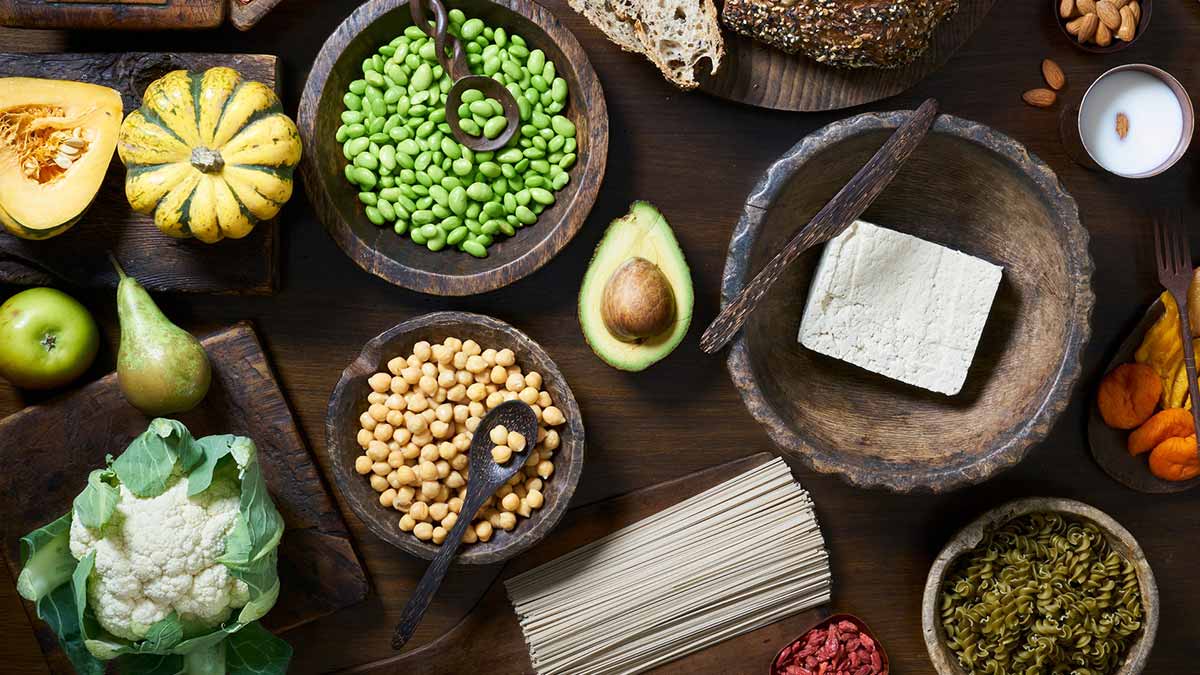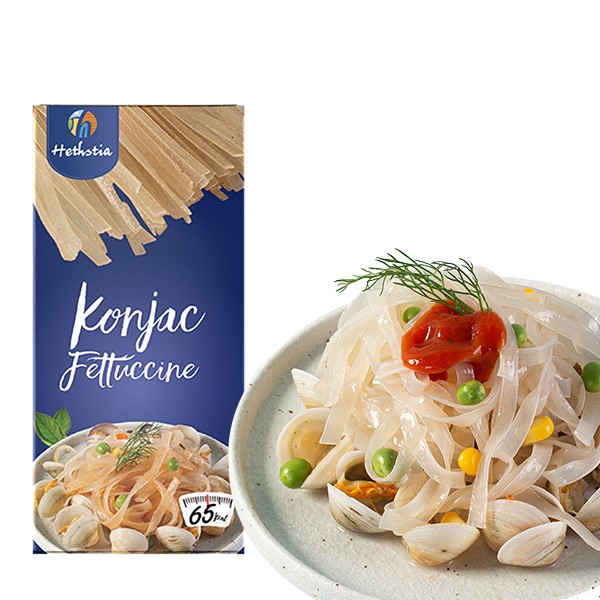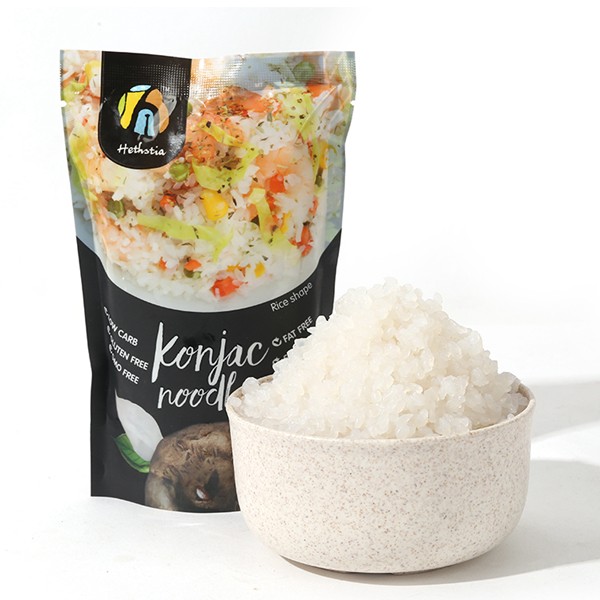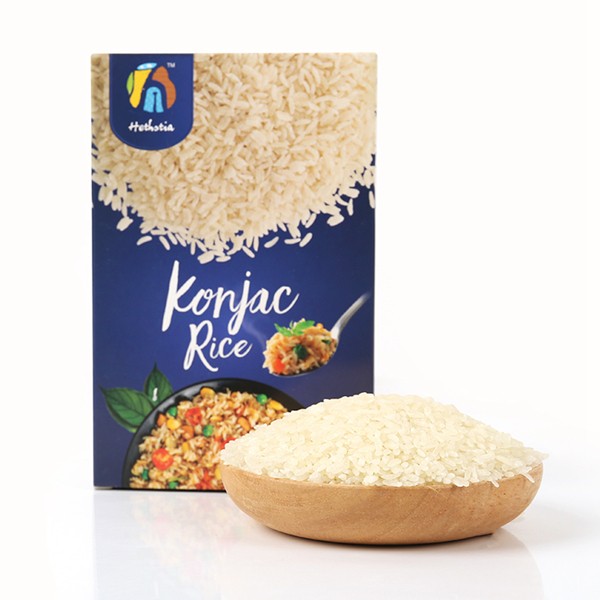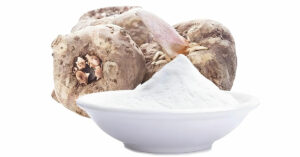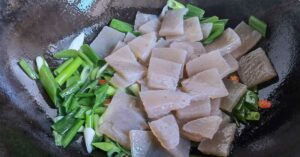Diabetes is a disease characterized by the body’s inability to control insulin effectively and affects millions of people worldwide. Controlling this disease is critical whether it is inadequate insulin production or poor insulin response.
Among the many dietary strategies for controlling diabetes, soluble fiber stands out for its remarkable effectiveness in regulating blood sugar and improving overall health.
Understanding soluble fiber
Soluble fiber is a complex carbohydrate that dissolves in water and forms a gel-like substance in the gut. This fiber differs from insoluble fiber, which passes through the digestive system largely unchanged. Soluble fiber includes pectin, gum, and mucilage and is found in foods such as oats, apples, and lentils. These fibers are vital in slowing down food absorption, thus helping control blood sugar levels.
What is the difference between soluble fiber and insoluble fiber?
Soluble and insoluble fiber are the two main types of dietary fiber with different properties and effects on the body.
Soluble fibre
Soluble fiber dissolves in water and forms a gel-like substance in the digestive system.
Regulates blood sugar: It helps slow down the absorption of sugar and helps regulate blood sugar levels.
Lowering cholesterol: It binds to fatty acids and helps lower LDL (bad) cholesterol levels in the blood.
Appetite control: the gel formed by soluble fiber in the stomach can help you feel fuller for longer, which can contribute to weight management.
Common sources of soluble fiber include oats, nuts, beans, lentils, apples, and blueberries.
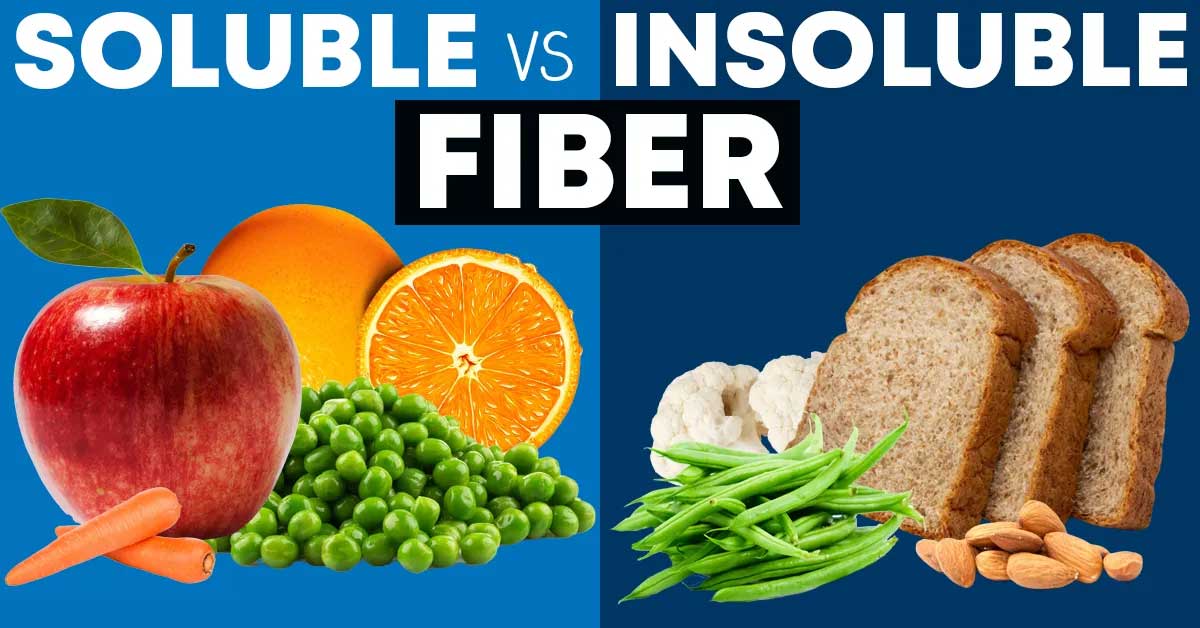
Insoluble fibers
Insoluble fiber does not dissolve in water. It mainly acts as a filler, helping to form feces and move them through the intestines, which helps maintain a healthy digestive system.
Promotes regular bowel movements: It helps to increase the volume of feces and promotes regular bowel movements, which is essential for preventing constipation.
Helps prevent digestive disorders: Regular intake of the insoluble fiber reduces the risk of various disorders such as diverticulitis and hemorrhoids.
Typical sources of insoluble fiber include whole grains, bran, nuts, vegetables, and potatoes.
Incorporating soluble fiber into your diet
Key benefits of soluble fiber in diabetes management
1. Regulation of blood sugar levels
It helps to slow down the absorption of sugar and helps to regulate blood sugar levels after meals. Delayed glucose absorption is essential for maintaining stable blood sugar levels, which is a central concern for diabetics.
2. Lowering Blood Cholesterol Levels
It can help lower blood cholesterol levels by binding to cholesterol particles in the digestive system and flushing them out of the body before they are absorbed. Regular consumption of viscous soluble fiber from foods such as beans and flaxseeds is particularly effective.
3. Reducing cardiovascular risk
People with diabetes are at a higher risk of developing cardiovascular disease. Soluble fiber helps to significantly reduce this risk by lowering blood cholesterol and improving blood sugar levels.
4. Enhances intestinal health
It is fermented in the colon to produce short-chain fatty acids, which provide nutrients to gut bacteria. This process not only improves gut health but also contributes to a better immune response.
5. Appetite control
By forming a sticky gel that slows down digestion, it also helps control appetite, which is a valuable benefit for weight management. The feeling of fullness helps to reduce overall calorie intake, which is good for both diabetes management and weight control.
How does soluble fiber work in your body?
When consumed, soluble fiber dissolves in water and forms a sticky gel-like substance that coats the intestines. This gel slows down stomach emptying and the time it takes for food to pass through the digestive system. It also affects the rate of sugar absorption, which is why fiber can be effective in lowering blood sugar levels.
In addition, this gel-like substance interacts with the bile acids made from cholesterol in the intestines, removing the bile acids and allowing the body to extract cholesterol from the bloodstream to replace the bile acids.
This process protects heart health by lowering overall cholesterol levels, especially the harmful LDL cholesterol.m

Benefits of soluble fiber for weight control
Obesity is a common challenge for people with type 2 diabetes, so effective weight control is crucial. Soluble fiber aids this process by increasing satiety and reducing appetite. This fiber absorbs water and expands in the stomach, making a person feel fuller faster during meals, which helps reduce total calorie intake.

Soluble Fibre and Colon Health
Colon health is critical to overall health, especially for diabetics whose digestive systems may be compromised. It helps to soften stools and reduce constipation, which is common in people with diabetes. In addition, as soluble fiber ferments in the colon, it nourishes beneficial bacteria, which play a key role in maintaining intestinal and metabolic health.

Focus on Konjac Glucan
Konjac Glucomannan (KGM), a highly viscous soluble fiber found in the Konjac plant, is a good example of soluble fiber in diabetes treatment. KGM absorbs large amounts of water, which forms a large gel that further slows down the absorption of glucose. Clinical studies have shown that KGM can help alleviate postprandial blood sugar spikes, enhance satiety, and aid in weight loss.

Incorporating soluble fiber into your diet
Adding soluble fiber to your diet is easier than you might think. Here are some simple strategies:
Start your day with a bowl of konjac rice.
Add beans, lentils, or chickpeas to your meals a few times a week.
Oats and oatmeal: rich in beta-glucan.
Eat fiber-rich fruits such as berries, oranges, or apples. Pectin is a soluble fiber that helps with blood sugar control and digestive health.
Include vegetables such as Brussels sprouts, carrots, and broccoli in your meals.
Nuts and seeds: especially almonds, flaxseeds, and chia seeds, are great additions to yogurts, smoothies, and salads.
Konjac rice, also known as Shirataki rice, is an excellent food choice for diabetics due to its unique properties and health benefits.
Derived from the root of the konjac plant, this rice is rich in glucomannan, a soluble fiber that has several positive effects on diabetes management.
The high fiber content in konjac helps to increase satiety after meals and prevents overeating.
Konjac rice is an excellent alternative to traditional rice, helping to control blood sugar levels, support weight management, and contribute to overall gastrointestinal health.
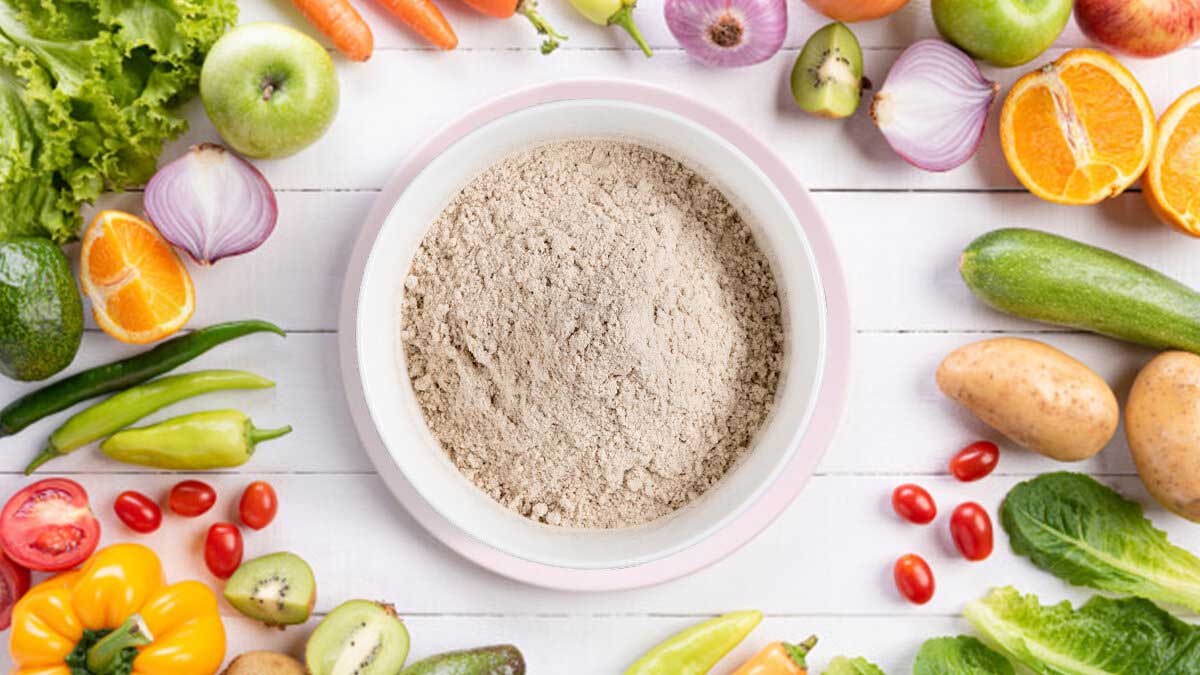
Conclusion
Adding soluble fiber to the diet can provide numerous health benefits for people with diabetes. By stabilizing blood glucose levels, lowering cholesterol, helping with weight control, and supporting colon health, soluble fiber plays a multifaceted role in enhancing the health of people with diabetes. Consuming foods rich in soluble fiber is a practical and effective strategy for improving the long-term outcome of diabetes.
Keep in mind that managing diabetes requires a holistic approach that includes a proper diet, regular exercise, and continuous monitoring of blood sugar levels. Always consult a healthcare provider before making major changes to your diet.

